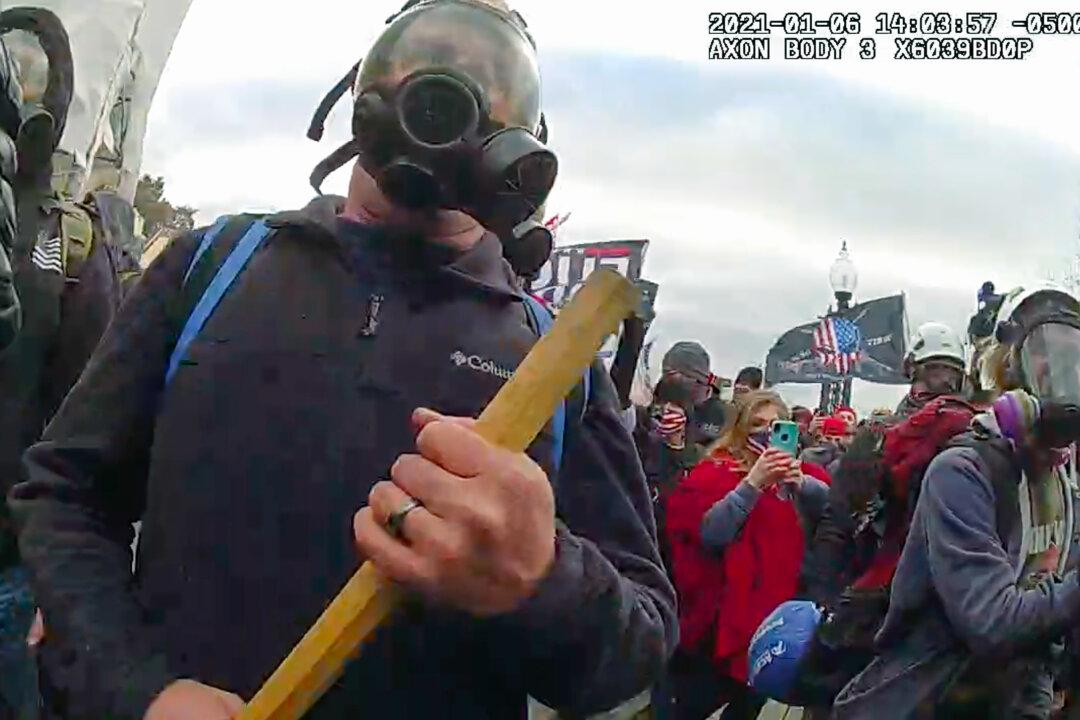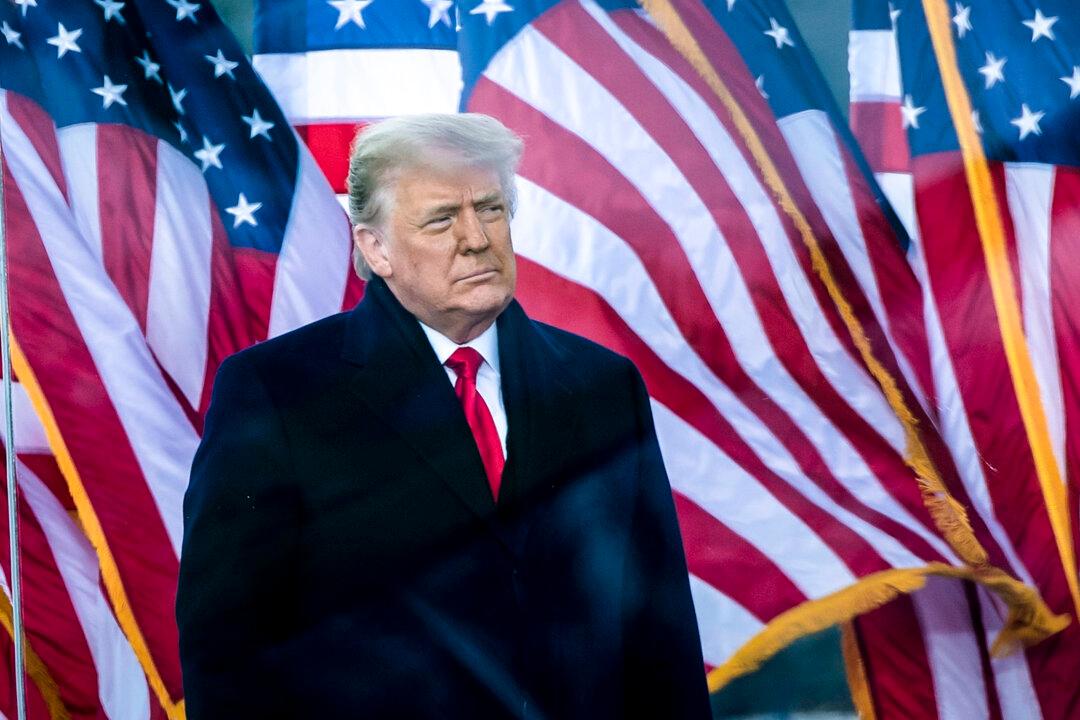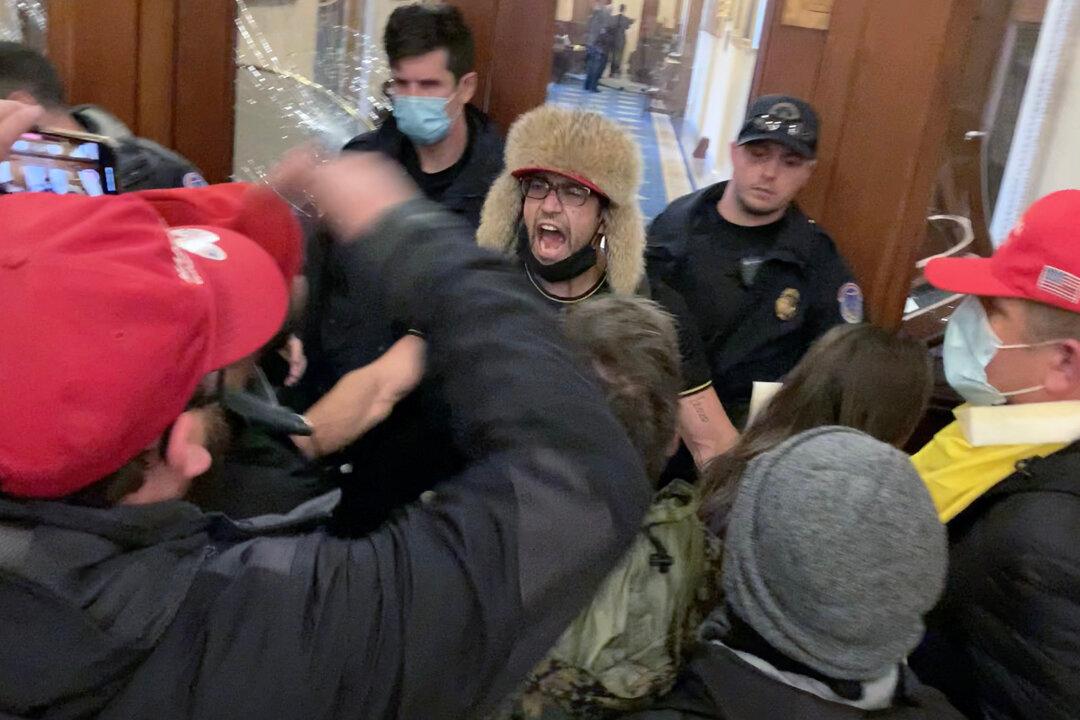The U.S. Department of Justice sought two last-minute sentencing enhancements against defendant Matthew L. Perna that could have meant 41-51 months in prison for his 20 minutes inside the U.S. Capitol on Jan. 6, 2021, his attorney said.
Attorney J. Gerald Ingram said he was confident the judge would have ruled against the U.S. Attorney’s Office on the sentencing enhancements. When Ingram shared the news about the possible added prison time, he said he told Perna, “I thought I had it under control.”





